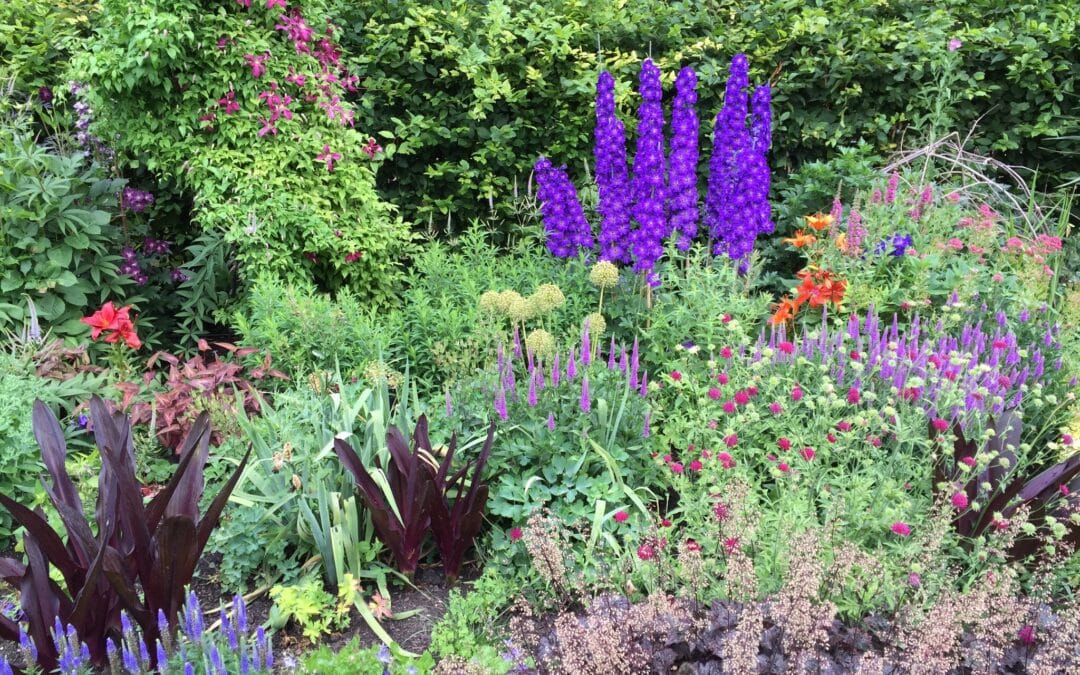Creating a low-maintenance landscape can save time, effort, and resources while still providing a beautiful outdoor space. By selecting the right plants, materials, and design elements, you can achieve a low-maintenance landscape that thrives with minimal care.
Choose Native Plants
Native plants are well-adapted to the local climate and soil conditions, requiring less water, fertilizer, and maintenance compared to exotic species. They also provide habitat for local wildlife and support biodiversity.
Use Drought-Tolerant Plants
Drought-tolerant plants are excellent choices for low-maintenance landscapes, as they require less water once established. These plants often have adaptations such as deep root systems or succulent leaves that help them survive dry conditions.
Mulch and Ground Covers
Applying mulch around plants and using ground covers in open areas helps retain soil moisture, suppress weeds, and reduce the need for watering and mowing. Organic mulches also break down over time, adding nutrients to the soil.
Consider Hardscaping
Incorporating hardscaping elements such as pathways, patios, and rock gardens can reduce the amount of lawn and plant beds that need maintenance. Hardscaping also adds structure and visual interest to the landscape.
Sustainable Irrigation
Installing a drip irrigation system or using soaker hoses can deliver water directly to plant roots, minimizing evaporation and runoff. Consider using rain barrels to collect and store rainwater for irrigation.
Creating a low-maintenance landscape is achievable with careful planning and plant selection. By incorporating native and drought-tolerant plants, using mulch and ground covers, incorporating hardscaping, and implementing sustainable irrigation practices, you can create a beautiful landscape that requires minimal upkeep.

